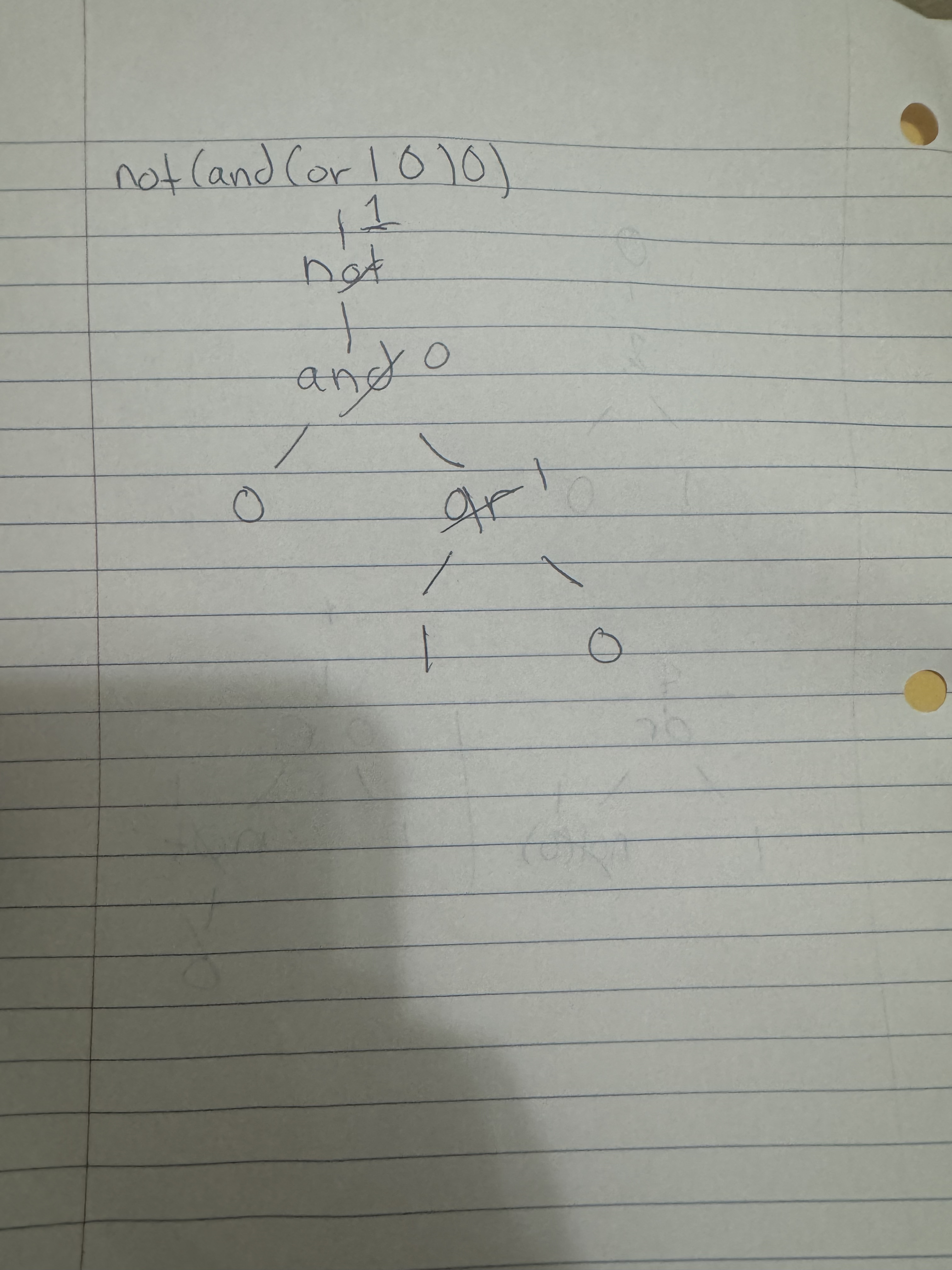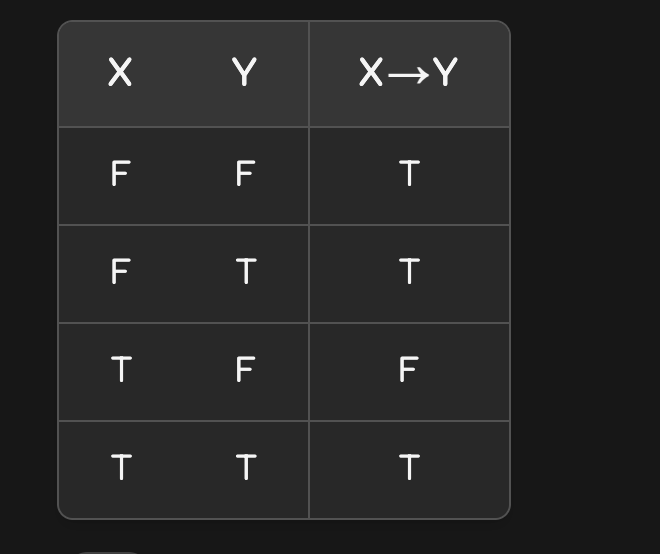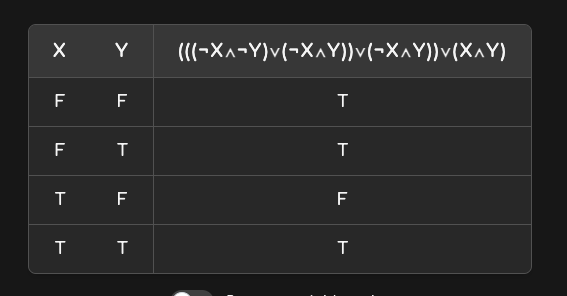A key concept for reading this kind of post is called the unreliable narrator (that’s a standard term you can Bing). You shouldn’t trust the OP. He’s biased and there are signs of errors.
One way to deal with unreliable narrators is to consider the evidence (and sometimes objective, logical arguments) they provided while ignoring their interpretations and conclusions. Basically just make a list of the facts and then create your own interpretation based only on that list.
And sometimes the facts should be doubted too. Sometimes people lie or make mistakes. For example:
Nope she said that she wanted to break up because she wasn’t sure I was all in.
OP doesn’t claim he’s giving an exact quote and doesn’t present this in a very factual way. While I can easily believe she said something kind of similar to this, I don’t think his wording should be trusted.
You can try to think of things she might have said which would be better than his story but which he might have described as he did. For example, maybe she said “I’m concerned you’re not all in. If that’s the case, then I guess it’d be better to break up than move in together.” I can imagine that, if she said that, OP might describe it how he did. In other words, it’s compatible with the evidence we have. It’s one of the many possible statements compatible with the paraphrase he gave. In other words, the fact we actually know is not that she said she wanted to break up; the fact we have is that she said something that OP paraphrased that way.
pinging @LMD
PS It’d be easier to read with block quotes. Instead of quotation marks and bullet points, just put "> " in front of quoted paragraphs.




